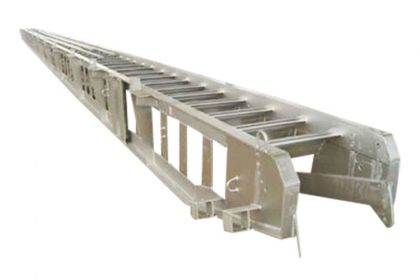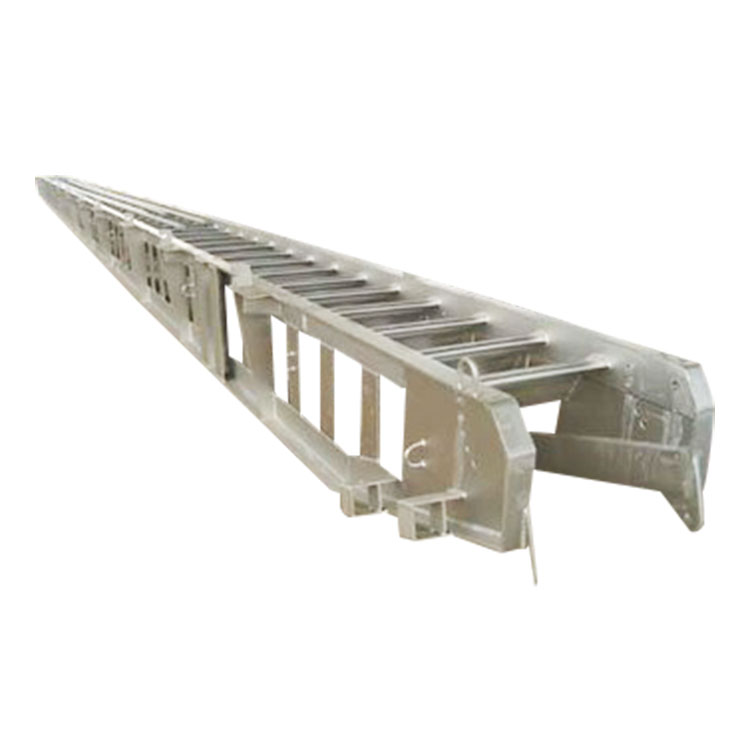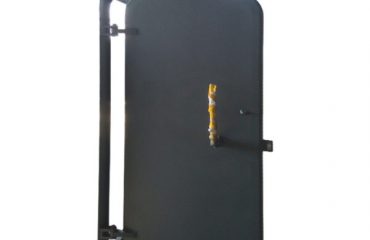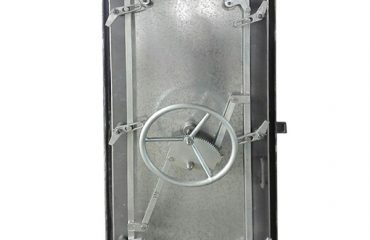

Ship ladders, also known as companionway ladders or pilot ladders, are a crucial component of any vessel, providing safe access between different levels on board. These ladders are specifically designed to meet the unique challenges of a maritime environment, where space is limited and safety is paramount.
One of the key features of ship ladders is their steep inclination angle, typically around 55 degrees. This steep angle allows for efficient use of space while also ensuring that users can safely ascend and descend the ladder. Ship ladders are often constructed from durable materials such as aluminum or stainless steel, which can withstand the harsh conditions of the sea.
Ship ladders are commonly found in a variety of locations on board a vessel, including between decks, in engine rooms, and on the exterior of the ship for pilot access. They are typically equipped with handrails on both sides to provide additional stability and support for users. Additionally, non-slip treads are often incorporated into the design to prevent accidents caused by slippery surfaces.
In addition to their primary function of providing safe passage between different levels on a ship, ship ladders also serve a number of other important purposes. For example, they can be used to facilitate the boarding and disembarkation of personnel or to facilitate the movement of equipment and supplies between decks. Ship ladders are also commonly used during emergency situations, providing a means of escape for crew members in the event of a fire or other onboard hazard.
The design and construction of ship ladders are subject to strict regulations and standards to ensure the safety of users. For instance, the International Maritime Organization has established guidelines for the design and installation of pilot ladders to prevent accidents and injuries. These guidelines include specifications for the height, width, and sturdiness of the ladder, as well as requirements for regular maintenance and inspection.




